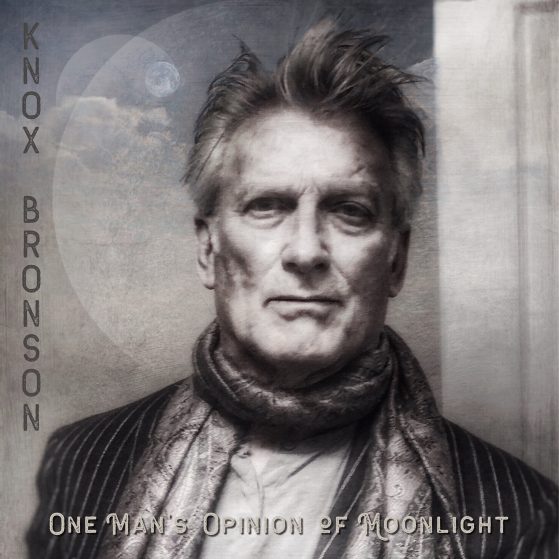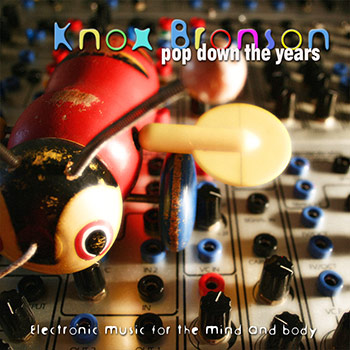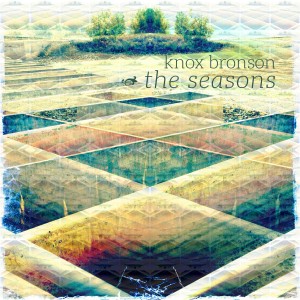I wrote/arranged/produced/created both The Big Shimmer & Flight of the Atom Bee almost concurrently … this took place over a period of months, mostly due to my having to learn so much about digital recording and arranging. I’ve written plenty about the title track, Flight of the Atom Bee, elsewhere.
I learned a tremendous amount with those two pieces. It was a time of non-stop experimentation and gear exploration and I was rapidly learning how to arrange and control sythesizers from my Macintosh, using StudioVision. I was also doing a lot of audio processing using other applications like Sound Design to modify, enhance, and make weird noises.
My next piece was to become Wild Pink Yonder, which was to take the number two spot between the two compositions.
By now I had a room full of synthesizers all being run off my Mac. I had also gotten a new mixer: the old Soundcraft I had been using for my first two songs was horrifically noisy on almost every channel. The venerable old blues establishment, Eli’s Mile High Club in Oakland, had been home to it for many many years and it seemed as if every part of the circuitry and signal chain, the faders and pots were encrusted with nicotine and spilled whiskey: they did not improve the sound.
I had a lot of effects boxes and processors: I tended to use them on specific synths in-line, which means I didn’t send the sound from the mixer and bring it back into the mix.
This was the first song where I programmed every note. I used an Alesis S4 rackmount synth for the bass line: it was an interesting synth, but I was too new to programming to explore its sound design possibilities in any real way (if it had had an outboard module like the JX-8P’s programmer, with sliders and knobs and switches, that would have been a different story), but it had some great sounds pre-programmed, including this round bass sound. The bassline itself was based on a simple blues I-IV-V chord progression, with a major seventh thrown in.
I began programming my first drum patterns on the Mac as well. Again this was another case where I had no idea what I was doing. I remembered reading an interview with James Brown where he said, “To make it funky, you have to hit the one!” Meaning the first beat of the measure. So I thought I better hit the one with a snare: I didn’t realize that, normally, you hit the the one with the kick drum and used the snare on the two and four: the back beat. You will notice that several songs on this album do not have a back beat. Well, live and learn, I say.
So I began building out the song, starting with the bassline and a rudimentary drum pattern.
I had an Emulator II, a very early sampler, which came with some very interesting samples—you can hear a lot of them on my first two instrumental cds. I started with a choir, trying different things until I got a nice dreamy flow going. I then added in the second melody line using a Roland D-110 “moog” patch.
The sound began to take shape and I found it reminded me of the furniture polish ads I saw on TV as a child, where the woman experienced near orgasmic ecstacy as she blissfully polished her dark oak table with lemon-scented aerosol wax. And once that happened, it was simply a matter of following each musical thread/line where it would take me.
I arranged in real time, meaning, I would work on a few measures at the same time, listening to everything together and tweaking each until each part locked into place. It was a very intuitive process, wherein I discarded a lot of ideas. Of course, there was always a certain amount of serendipity as well: I had the passion to follow accidental ideas where they took me and sometimes they paid off greatly.
There are a few bars at the very end of the piece, after the breakdown, that took me four days to work out. I didn’t mind at all.
Once I had all the parts in place, I realized it needed one more thing and I got my friend Lynn to come down and record the words “You naughty boy,” which I layered in the intro and a couple other spots in the song.
As I did for all of my instrumental work in those days, once the mix was set and exactly where I wanted it, I recorded the whole thing to digital audio tape and that was the final mix.
I still love this song many years later. I listen to it and wonder where some of it came from. It was during the comosing and arranging of this piece that I began to realize that we are really channeling the music: it is flowing through us to the degree our craft, discipline, and a certain je ne sais quois allow it to happen.
But that place, down below where the music is, is where I have found refuge and weathered many storms up here o the surface.


